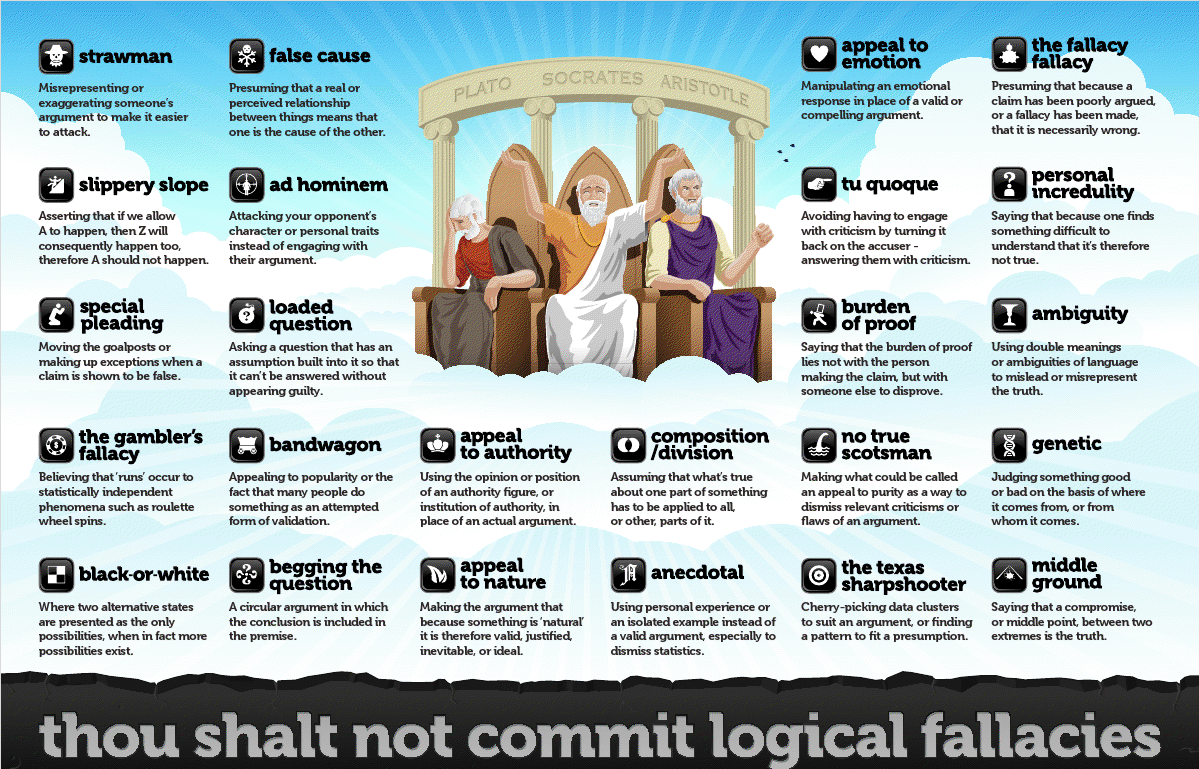Is desexing a cult?
There are two definitions of ‘cult’ (according to Google):
- A usually nonscientific method or regimen claimed by its originator to have exclusive or exceptional power in curing a particular disease, or
- Obsessive, especially faddish, devotion to or veneration for a person, principle, or thing.
The community’s perception of desexing fits well into both of these categories.

The weird dog show culture.
How is desexing a cult?
There is relatively little data on desexing. You may be surprised to hear this, considering how the procedure is so loudly advocated, but there are few long-term controlled studies on gonadectomanies (i.e. removal of ovaries or testicles) in the dog. By this I mean that desexing is quite ‘nonscientific’ in that there is little research on what it actually does (or doesn’t) do for dogs.
Despite this, desexing is claimed to have “exceptional power in curing a particular disease”. For example, desex your dog to fix humping, aggression, to ‘calm your dog down’, to stop testicular cancer, stop mammary cancer, and so on and so on. In this way, the desexing mantra clearly fits into the first definition of ‘cult’. Desexing is a nonscientific method that has exceptional power in preventing and curing particular diseases and behaviours.
The way that the community embraces desexing could be described as obsessive devotion. The RSPCA, PETA, and even the (government run) Dog and Cat Management Board all promote desexing. The community follows suit. There is a devotion to desexing – it is loved, embraced enthusiastically, has a committed following. The community loves desexing, despite little evidence. This obsession towards desexing can also be described as cult-like.
In this way, desexing is a cult as it is:
- a nonscientific method claimed to have exclusive power, and
- obsessively followed by individuals and the community.
Logical Fallacies
Logical fallacies allow individuals to avoid a fundamental lack of evidence. The Glossary of Logical Fallacies explains:
… some individuals will attempt to derail the [scientific, evidence-based] process by diverting the progression of the debate with fallacious arguments. Such efforts have the intent of masking the indefensibility of a flawed theory by muddying the waters with emotive rhetoric and fractured logic, with the ultimate goal being to convince someone to believe some idea that is not scientifically valid or that they might not otherwise accept.
Logical fallacies are inherent in both definitions of the desexing cult: a disregard of evidence underlined by a devotion to desexing. In all things desexing, there is a fundamental lack of critical thinking. Any attempt to debate desexing often descends into a sphere of logical fallacies, like those described in the graphic below.

I frequently make arguments against mandatory and default desexing. I say things like, “but breeding causes more dogs, not just gonads” and “there is no overpopulation problem, so it doesn’t even matter if people breed their dogs” and “desexing is correlated with some types of cancer“.
These arguments are met with responses like “Rescues desex their pets, so it’s obviously good for pets” (bandwagon) and “The Dog and Cat Management Board says desexing is good” (appeal to authority). They make strawman arguments like, “So you’re saying that no dog should ever be desexed?” and even just deny the claims all together, “It really doesn’t make sense that desexing would cause an increase in lymphosarcoma” (personal incredulity).
People make black and white arguments like “We can either have mandatory desexing or we can let everyone have a several litters in their backyard every year”, that then extend to slippery slope arguments, “If we don’t encourage people to desex, then people will breed more puppies”.
One of my big pet hate is anecdotal evidence. “I had a dog that was desexed at 12 weeks and it lived to 15 years old and died of a stroke” and “I knew an entire dog that used to bite everyone, and it was desexed and then it stopped biting”.
The false cause, “But so many dogs are dying in pounds because people don’t desex!” and “Entire dogs bite more, so testicles clearly cause dogs to bite.”
They ask loaded questions like, “So you are okay with the number of dogs dying in pounds?” or “So backyard breeders are okay by you?”.
In all these claims there is a lack of logic, validity and reasoning. Logical fallacies are a flaw in logic. These logical flaws are overwhelming in discussions on desexing. Debates should be argued and won on factual evidence and sound reasoning – and logical fallacies are neither.
What to do?
Unfortunately, the very nature of a cult is that it is difficult to break one. The devotion of to the thing itself is in the very definition of cult. Indeed, there also seems to be a veneration of gonads itself within the desexing cult.
I guess the only thing to possibly do is to logically state our claims for entire dogs, not use logical fallacies, and hope that people are willing to be wrong about that. We need to demand evidence that desexing has exceptional power – evidence in the way of articles in peer-reviewed papers. At the same time, we can supply our own evidence that desexing isn’t all it seems to be.
At the same time, we need to support dog science that allows us to make more solid conclusions on desexing. When evidence becomes available, we need to embrace it – even if that potentially means changing our view on desexing. I am not prepared to personally commit logical fallacies, just as I reject those exclaimed by others.
Further reading:
5 Logical Fallacies That Make You More Wrong Than You Think
Understanding Science – Logical Fallacies
Border-Wars Comment Policy (or the Disagreement Hierarchy)
